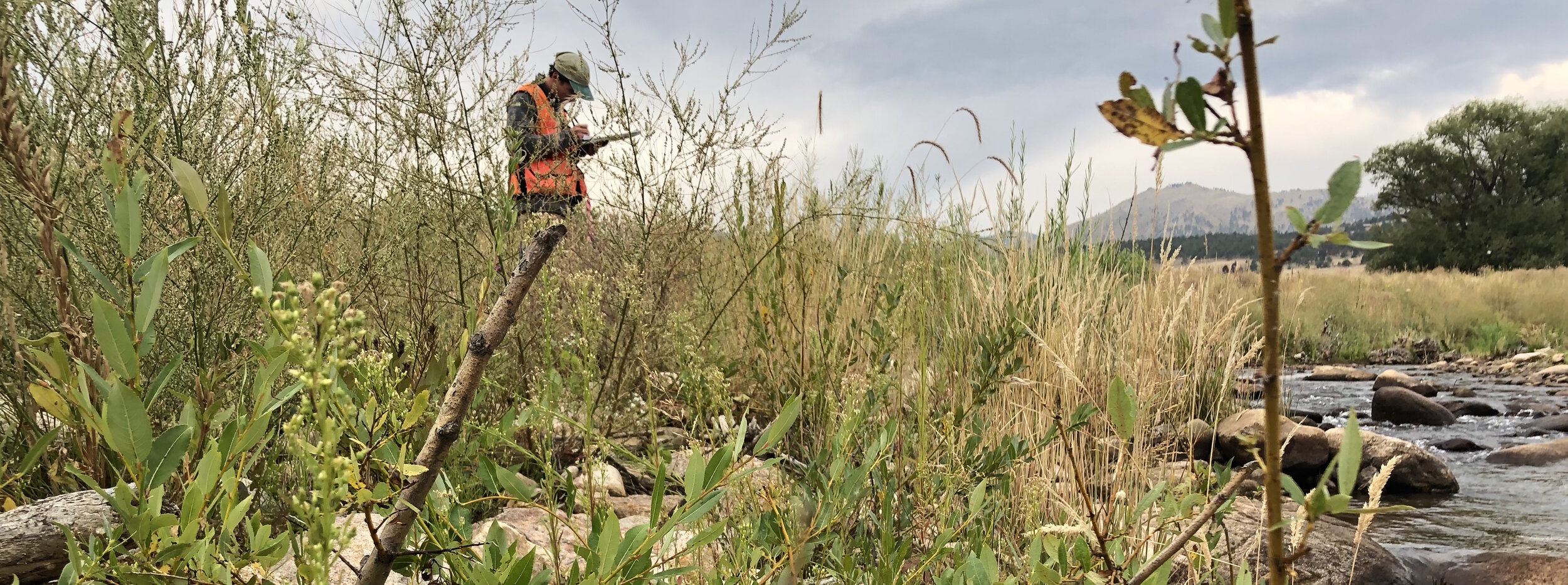
Adaptive Management and Monitoring Resources
Monitoring implemented projects allows us to collectively learn from our successes and mistakes and is necessary to learn how to eliminate repeated failures. Monitoring is a means to document the return on our investments and to better understand and estimate long-term benefits of recovery efforts. Adaptive management allows us to maintain our investment and correct small problems before they lead to project or component failures.Fact Sheet: CWCB Flood Recovery Project Monitoring
Many EWP projects will be included in the CWCB's program for monitoring the long-term effectiveness of flood recovery projects across the Colorado Front Range. This fact sheet describes the CWCB's approach to the long-term monitoring of flood recovery projects and provides project monitoring guidance to watershed coalitions and local sponsors.
CWCB Flood Recovery Project Monitoring Methods
This report provides an overview of the methods being used in the Colorado Water Conservation Board (CWCB) Flood Recovery Project Monitoring Program to monitor the long-term effectiveness of flood recovery projects implemented following the 2013 flood disaster in Colorado.
Managing to the Future: Left Hand Watershed Center Adaptive Management
This document provides the essential foundation for developing hypotheses and identifying monitoring parameters that enable us to effectively track progress toward goals while utilizing a shared understanding of the desired future conditions with technical experts and community members alike.
Left Hand Watershed Center Monitoring 2019 Framework
This spreadsheet contains the monitoring framework from the Left Hand Watershed Center. The information includes hypotheses, metrics, protocols, and suggested actions for each area of riparian restoration and management. The ultimate purpose of this monitoring framework is to determine if the ecological condition of the watershed is improving, declining, or remaining the same year-to-year, and which stream segments have the greatest ecological resilience during drought or flood conditions.




